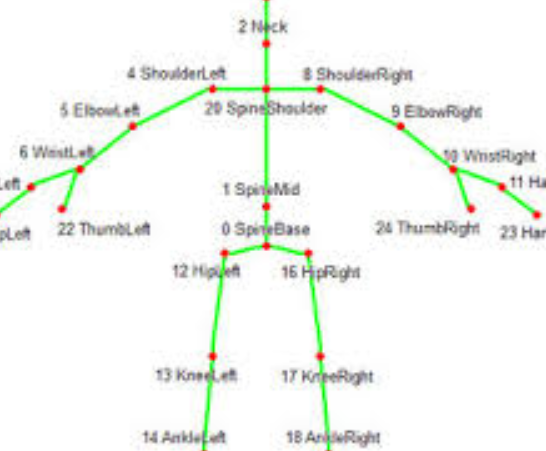Simulation of the radar cross-section of dynamic human motions using virtual reality data and ray tracing
PubDate: June 2018
Teams: Indraprastha Institute of Information Technology Delhi
Writers: Akash Deep Singh; Shobha Sundar Ram; Shelly Vishwakarma

Abstract
Radar returns from dynamic human motions are usually modeled using primitive based techniques. While the method is computationally simple and reasonably accurate in generating micro-Doppler signatures of humans, it is unreliable for predicting the radar cross-section (RCS) of the human especially at high frequencies. On the other hand, the shooting and bouncing ray method is effective for accurately measuring the RCS of humans. However, it has been carried out for only a single aspect or posture of the human. In this work, we present a method to simulate the radar cross-section of dynamic human motions across multiple postures by combining virtual reality data with shooting and bouncing ray (SBR) techniques. We convert each frame of human motion capture data to a poly-mesh structure of a human body and then incorporate the SBR technique for computing the resulting RCS. We verify the simulated results with measurement data at 24GHz.

